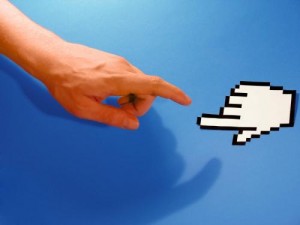 I am big on minimalism. It’s a stance I have been harping on for a while now, but I really just can’t emphasize it enough. If you’re going to make your client a decent website, you’re going to want to make it simple, crisp, and efficient. Minimalism achieves each of these in spades, and with a little practice, your designs can be cleaner than that Arm & Hammer guy’s gleaming forehead.
I am big on minimalism. It’s a stance I have been harping on for a while now, but I really just can’t emphasize it enough. If you’re going to make your client a decent website, you’re going to want to make it simple, crisp, and efficient. Minimalism achieves each of these in spades, and with a little practice, your designs can be cleaner than that Arm & Hammer guy’s gleaming forehead.
This is by no means a comprehensive list of ways to slim down or clean-up a design, but if you’re looking for a few pointers on how to improve your own minimalist etchings, it’s a good place to start. Take each with an open mind and a grain of salt, as well as a bit of honest reflection on your own designs—we’re willing to bet you could use some of these.
- Go Easy On The Details: It’s a statement that’s been beaten ten ways to Sunday, but we’re still going to rehash it here: Less really is more, and if you make an honest attempt to follow that rule, you’re already halfway home to having cleaner designs. This principle doesn’t just apply to graphics, though—it’s an all-around affair, concerning everything from illustrations, to copy text, to that special font you’re saving for unique elements. When adding a new element to your web design, stop and think for juts a second, asking yourself, “Do I really need this here, in this size?†More often than not, the answer might be no.
- Keep Your Eye On The Prize: When setting up a new design, be sure to focus all of your efforts on the content you’re getting across. Don’t just go with whatever looks best to your eye: Take the time to think about what the client wants you to say, especially if they’ve provided design elements themselves. Have you accurately portrayed this information? Have you kept the focus here, rather than elsewhere? Your client’s content should take priority, bar none.
- Use Graphics That Matter: You may have spent eternity drawing that perfect wedding cake for your announcement project, but if your design is already over saturated, it won’t make a hill of beans difference if you include it. Try to only use an illustration when it will make a large impact, saving white-space to emphasize other, more meaningful elements of your design. It’s an effective strategy that will keep your message on rails and on the track.



